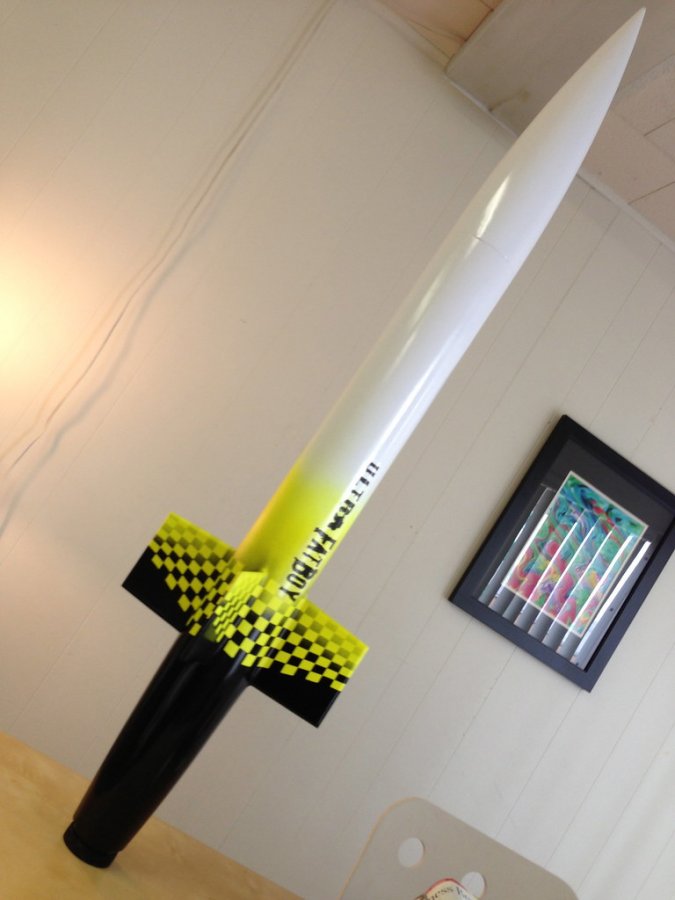I've seen this design on rockets before. I'm scratch building so I don't have factory decals, and I don't want to try to create decals. I would like to do it with paint.

A few years ago I did a larger pattern on an Honest John similar to the photo below. For the HJ I copied the pattern from Peter Alway's book. I used masking tape, put the tape on a sheet of slick cardboard and cut out the lines then peeled off the pieces and put on the rocket. I could do that same thing with the checkerboard but it takes a lot of patience.


A few years ago I did a larger pattern on an Honest John similar to the photo below. For the HJ I copied the pattern from Peter Alway's book. I used masking tape, put the tape on a sheet of slick cardboard and cut out the lines then peeled off the pieces and put on the rocket. I could do that same thing with the checkerboard but it takes a lot of patience.











